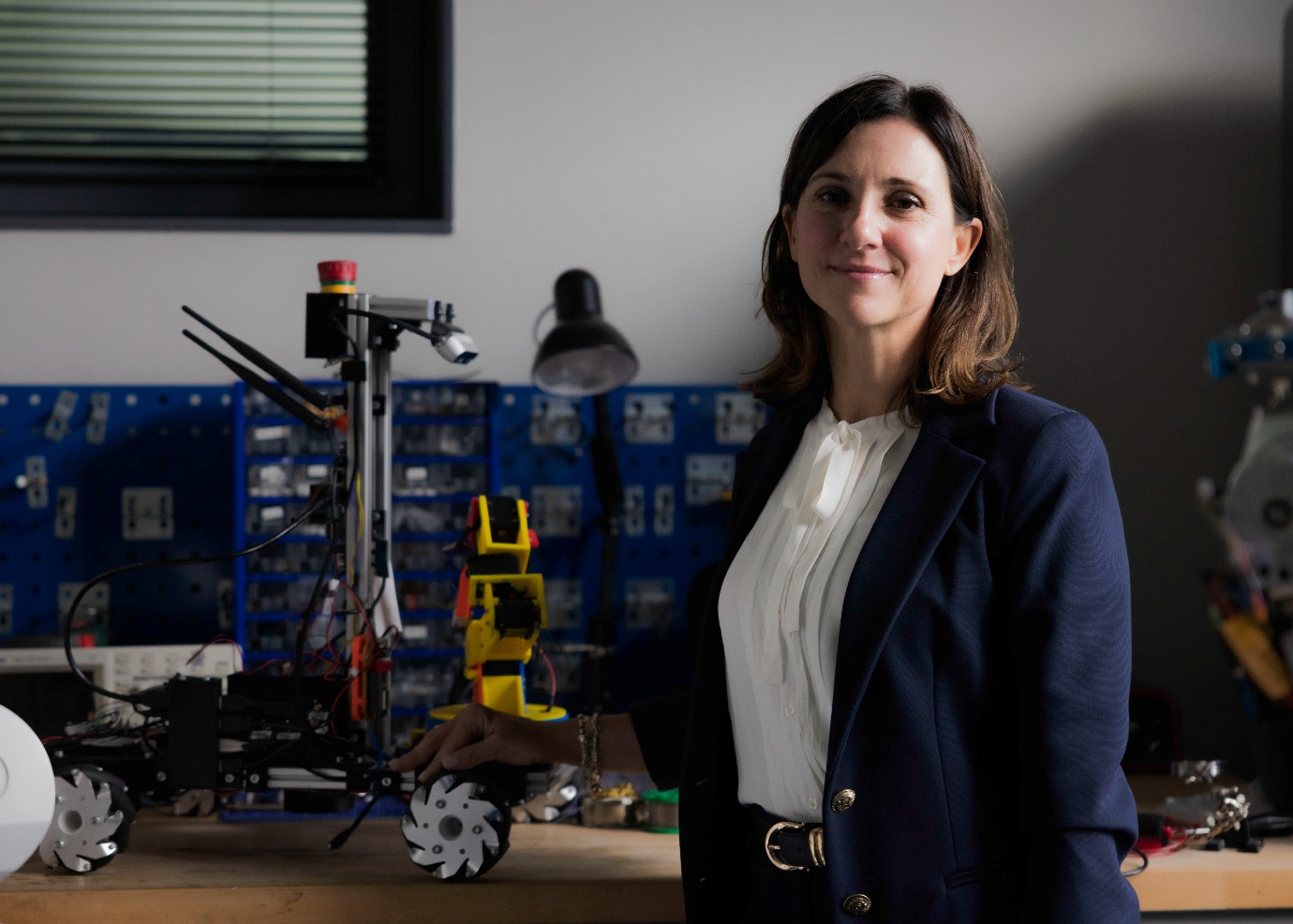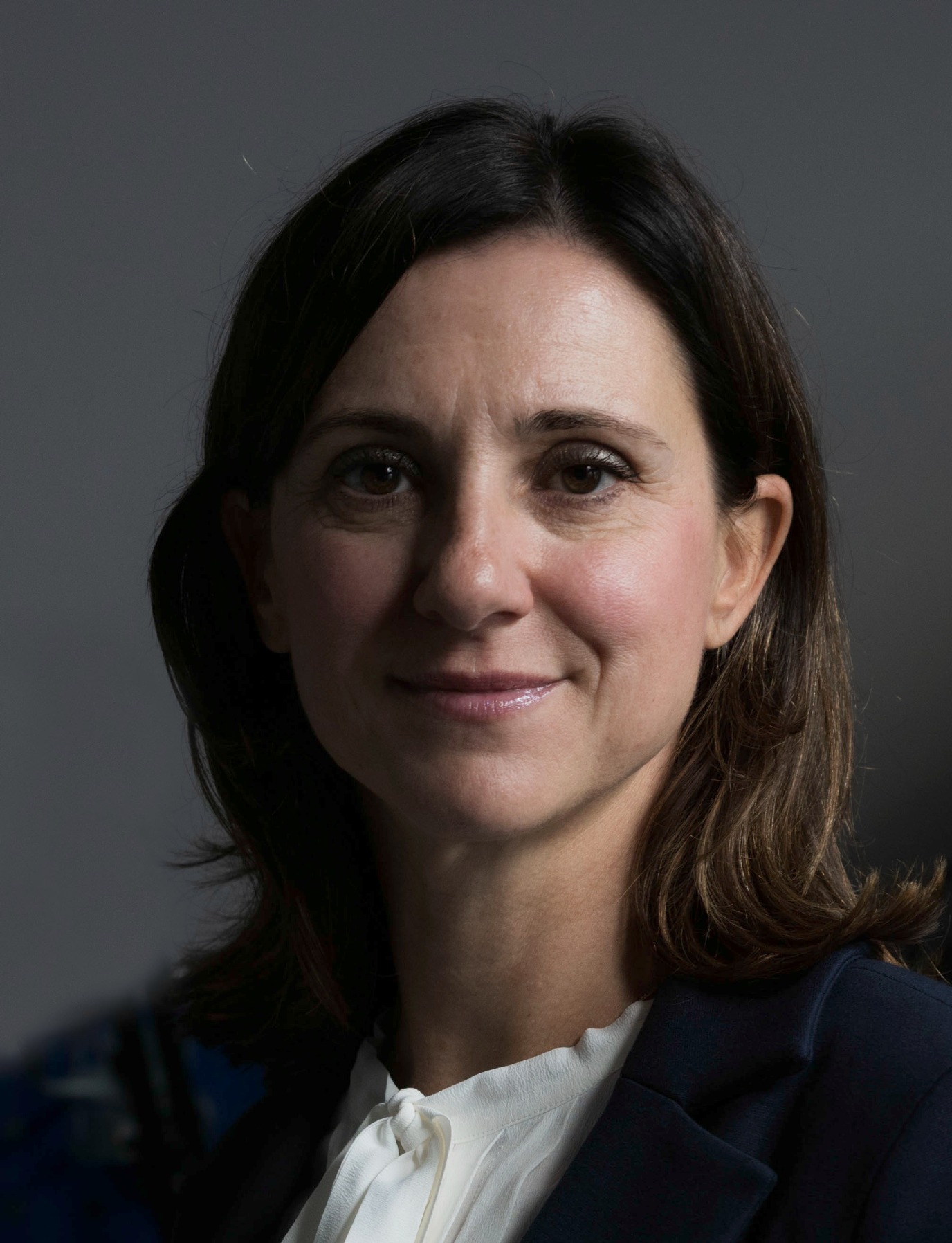Prostheses with a human-centered approach

‘I am fascinated by robotics and dream of replicating the remarkable abilities of the human body,’ says Raffaella Carloni, Professor of Robotics at the University of Groningen. Carloni develops artificial limbs, including the bionic leg, for which she received the Ben Feringa Impact Award 2024. Recently, visitors to the European Researchers’ Night (ERN) had the opportunity to see the bionic leg in action.
FSE Science Newsroom | Text Charlotte Vlek | Images Leoni von Ristok
Thanks to the bionic leg developed by Prof. Carloni and her team, people with a lower-limb amputation can walk naturally again. The mechanical components of the leg are inspired by human muscles, and the algorithms that move it rely on a single sensor to predict the user’s intentions.
We are studying the fundamentals of how AI can make prostheses ‘smarter’
The bionic leg you’ve developed is meant to be used as a prosthesis by people who had their lower leg amputated, including the knee. Is the leg finished, or are you still working on further developments?
We are developing algorithms to make the leg as natural and intuitive to use as possible, enabling it to adjust to different terrains and respond to human intentions. We have not yet succeeded in matching real limbs! In collaboration with the University Medical Centre Groningen (UMCG) and the Beatrixoord Rehabilitation Center, we are currently conducting tests on the prosthesis with patients.
You’re in the Artificial Intelligence (AI) Department. How is are prostheses related to AI?
We are studying the fundamentals of how AI can make prostheses ‘smarter’. Our objective is to develop prostheses that can adapt seamlessly to users’ movements and different environments. This would enhance stability and comfort, giving users the sensation of having a natural limb.

Is all your work related to prostheses?
My work is not limited to prostheses. In my research on soft robotics, I explore new soft materials to create artificial muscles that not only help robots interact with their environment, but also replicate more natural, biologically inspired movements.
Are you often inspired by the human body?
Yes, I always draw inspiration from Nature. I study the human body to understand how artificial muscles and robotic joints can move efficiently and how human intention can be translated into the motion of an artificial limb.
What are your future research plans?
I am broadly interested in embodied intelligence in robotics, which examines how a robot’s physical form, control algorithms, and interactions with humans and the environment influence its behaviour. Moving forward, I want to investigate how integrating morphology, perception, and learning more thoroughly can result in more adaptive, resilient, and human-aware robotic systems.
See also an earlier story about Raffaella Carloni and her bionic leg in the UG Makers series.
More news
-
04 November 2025
AI Factory in Groningen advances digital sovereignty
